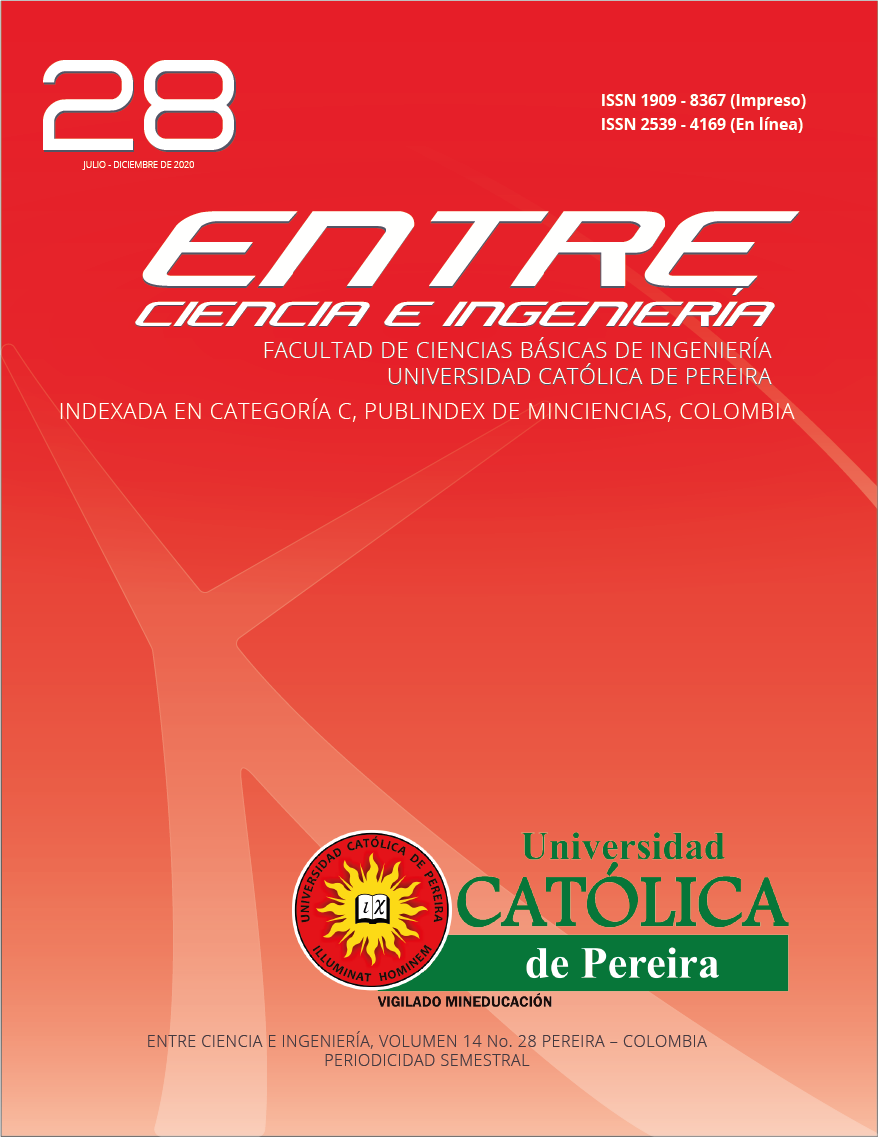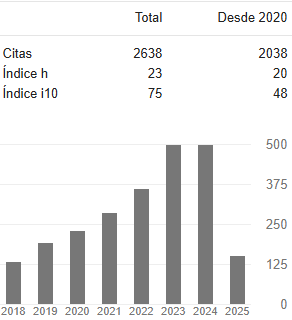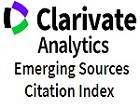Estrategias computacionales para la implementación de modelado elástico 2D sobre GPU
DOI:
https://doi.org/10.31908/19098367.2016Palabras clave:
CPML, CUDA, Modelado de onda elástico, GPU, HPCResumen
El modelado de onda elástico presenta un reto de implementación debido a que es un procedimiento computacionalmente costoso. En la actualidad, debido al incremento en la potencia en GPU junto con el desarrollo de la computación HPC, es posible ejecutar modelado elástico con mejores tiempos de ejecución y uso de memoria. Este estudio evalúa el desempeño de 2 estrategias para implementar modelado elástico usando diferentes diseños para ejecución de kernel, estrategias de asignación de memoria para el cálculo de CPML y administración del almacenamiento del campo de onda. Las mediciones de desempeño muestran que el algoritmo que incluye diseño de ejecución de kernel 2D, la estrategia de memoria reducida CPML y el almacenamiento en memoria global de GPU del campo de onda alcanza un máximo de 88.4% mejor tiempo de ejecución y utiliza un 13.3 veces menos memoria para obtener los mismos resultados de modelado elástico. Existe también una creciente tendencia de mejora de tiempo de ejecución y ahorro de memoria cuando se trabaja con modelos de tamaños más grandes con esta estrategia.
Descargas
Referencias
Alaei, B., “Seismic Modeling of Complex Geological Structures,” in Seismic Waves-Research and Analysis, [Online], M. Kanao, Ed. InTech, 2012, chp. 11. https://www.intechopen.com/books/seismic-waves-research-and-analysis.
Virieux, J., Asnaashari, A., Brossier, R., Métivier, L., Ribodetti, A., Zhou, W. (2017, Jan.) “An introduction to full waveform inversion,” in Encyclopedia of exploration geophysics [Online], Ed, Society of Exploration Geophysicists, 2017, R1-R40.
Permana, T., Sudarmaji, M. (2014, Oct.) “The 2D finite difference numerical modelling of P-Sv wave propagation in elastic heterogeneneous medium using graphic processing unit: Case study of mount Merapi topography, Yogyakarta,” in Proc International Conference on Physics 2014, pp. 74-85.
Keckler, S.W., Dally, W.J., Khailany, B., Garland, M., Glasco, D., (2011, Oct.) “Gpus and the future of parallel computing,” IEEE Micro 31(5), pp. 7-17.
Arora, M., “The architecture and evolution of cpu-gpu systems for general purpose computing,” Department of Computer Science and Engineering, University of California, San Diego 2012. [Online] Available: http://cseweb.ucsd.edu/~marora/files/papers/REReport_ManishArora.pdf.
Cheng, J., Grossman, M., Mcercher, T., “Professional CUDA C Programming.”, , Indiana ,Wiley and Sons,2014.
Virieux, J. (1986, Apr.) “P-sv wave propagation in heterogeneous media: Velocity-stress finite-difference method” Geophysics 51(4), pp. 889-1033.
Komatitsch, D., Martin, R., (2007, Sept.) “An unsplit convolutional perfectly matched layer improved at grazing incidence for the seismic wave equation,” Geophysics 72(5), pp. 1ZO-Z83.
Moczo, P., Robertsson, J.O., Eisner, L., (2007) “The finite-difference time-domain method for modeling of seismic wave propagation” Advances in geophysics 48, pp. 421-516.
CUDA C++ Programming Guide, Nvidia Corp. 2020.
CUDA C++ Best Practices Guide, Nvidia Corp. 2020.
Brittan, J., Bai, J., Delome, H., Wang, C., Yingst, D., (2013, Oct.) “Full waveform inversion-the state of the art,” First Break 31(10), pp. 75-81. Available: https://www.iongeo.com/virtuals/ResourceArchives/content/documents/Resource%20Center/Articles/FB_Full_Waveform_Inversion_131011.pdf.
Menke, W., “Geophysical Data Analysis”, 4th Ed, Elsevier Inc, 2018.
Descargas
Publicado
Número
Sección
Licencia
Derechos de autor 2021 Entre Ciencia e Ingeniería

Esta obra está bajo una licencia internacional Creative Commons Atribución-NoComercial 4.0.



















